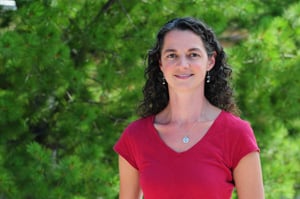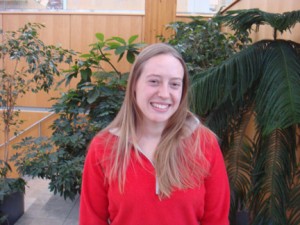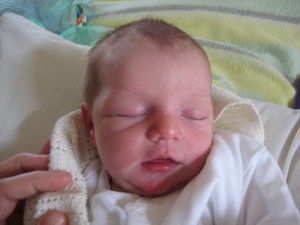The Summer Undergraduate Research Fellowship (SURF) program will support 20 students from across the University with funds from the Vice President for Research and the Honors Institute. The total funding for this summer’s program is $66,000. From the School of Forest Resources and Environmental Science, the following students were recipients:
| Student | Major | Advisor | Proposal |
| Lauren Manninensssssss | Forestrysssss | Tarasoff & Kane |
A comparison of the carbon sequestration potential of C3 vs C4 grasses in Michigan’s Upper Peninsula |
| Jarrod Nelson | Forestry | Thomas Pypker | A comparison of stemflow precipitation volume and nutrient content between red maple (acer rubrum) and black ash (fraxinus nigra) |
| Justina Silva | AEES | Erik Lilleskov | Enzyme activity in changing peatland plant communities and their effect on carbon cycling |
A news story by Associated Press wire service about the latest research on the wolves and moose of Isle Royale National Park, conducted by Professor Emeritus Rolf Peterson and Associate Professor John Vucetich , was published by newspapers nationwide, including the San Francisco Chronicle and the Atlanta Journal-Constitution. It was also aired by radio and TV stations. See SF Gate.
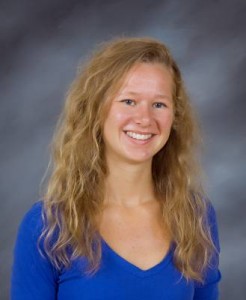 Rachel Mason earned her third All-American honor at the USSA Mariott Junior National Skiing Championships on Friday, March 9. She finished eighth in the five-kilometer classic race in a time of 15:11. Rachel Mason earned her third All-American honor at the USSA Mariott Junior National Skiing Championships on Friday, March 9. She finished eighth in the five-kilometer classic race in a time of 15:11.
Rachel, along with 15 student-athlete teammates also earned National Ski Coaches Association All-Academic Ski Team honors. The student-athletes needed to have a 3.5 grade point average for the Fall semester of 2011. |
The American Association for the Advancement of Science (AAAS) has posted an eight-minute audio slide show on its web site about Michigan Tech’s ongoing wolf-moose research at Isle Royale National Park. The presentation features Professor Emeritus Rolf Peterson and Associate Professor John Vucetich, as well as their colleague, Michael Nelson, an environmental ethicist at Michigan State University. Although the audio slide show is accessible only to members of AAAS, a free three-day trial membership will enable you to see it. Sign up for the free trial membership at AAAS.
Sara Claypoole visited campus and the School from Pottstown , Pennsylvania during winter carnival. After graduating from Michigan Tech in Applied Ecology and Environmental Sciences, she went on to the University of Charleston. Sara says, “I’m a pharmacist with CVS Pharmacy and a proud owner of 10 acres of woods. In my spare time, I’ll be taking care of the woodlands.” She is planning for her first harvest in 2013.
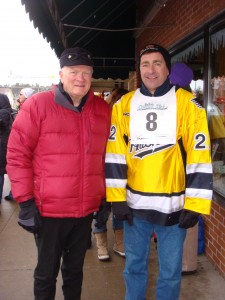
Ken Maki was spotted in his hometown of Hayward, Wisconsin recently. Hayward is the home of the American Birkenbeiner. Ken was volunteering with the Chamber of Commerce which was hosting visitor events. Ken spotted a group from Michigan Tech in their Hockey Husky jerseys and welcomed them to Hayward.
Ken is pictured here with fellow Michigan Tech graduate Bob Richards (Biology 77) from Houghton, Michigan.
Ken skied the full American Birkenbeiner (54 kilometers … that’s over 33.5 miles) the next day in 5 hours and 40 minutes. Congratulations, Ken!
The Faculty of 1000 (F1000) has selected a paper by Associate Professor Andrew Burton to include in its library of the top two percent of articles in biology and medicine.
The article, Chronic N Deposition Alters Root Respiration-Tissue N Relationship in Northern Hardwood Forests, appeared in the journal Global Change Biology, 2012. F1000 selects the most important articles in biology and medical research publications for its database. Articles are chosen by a peer-nominated group of the world’s leading scientists and clinicians, who then rate them and explain their importance.
